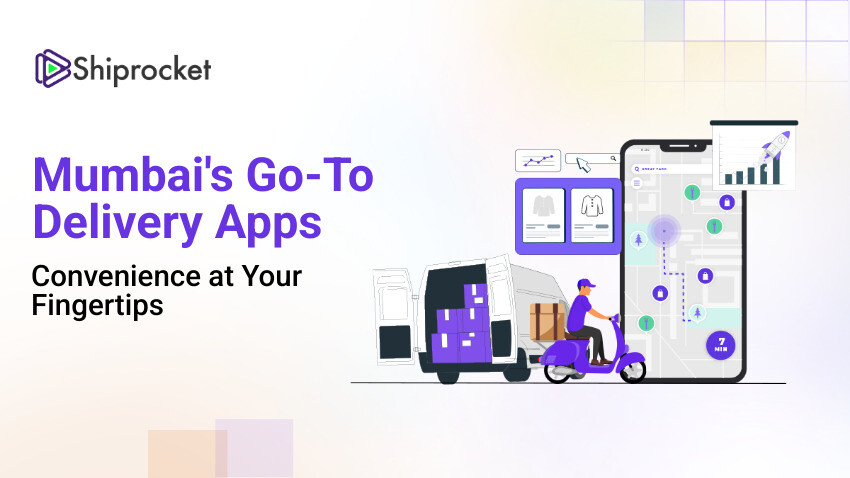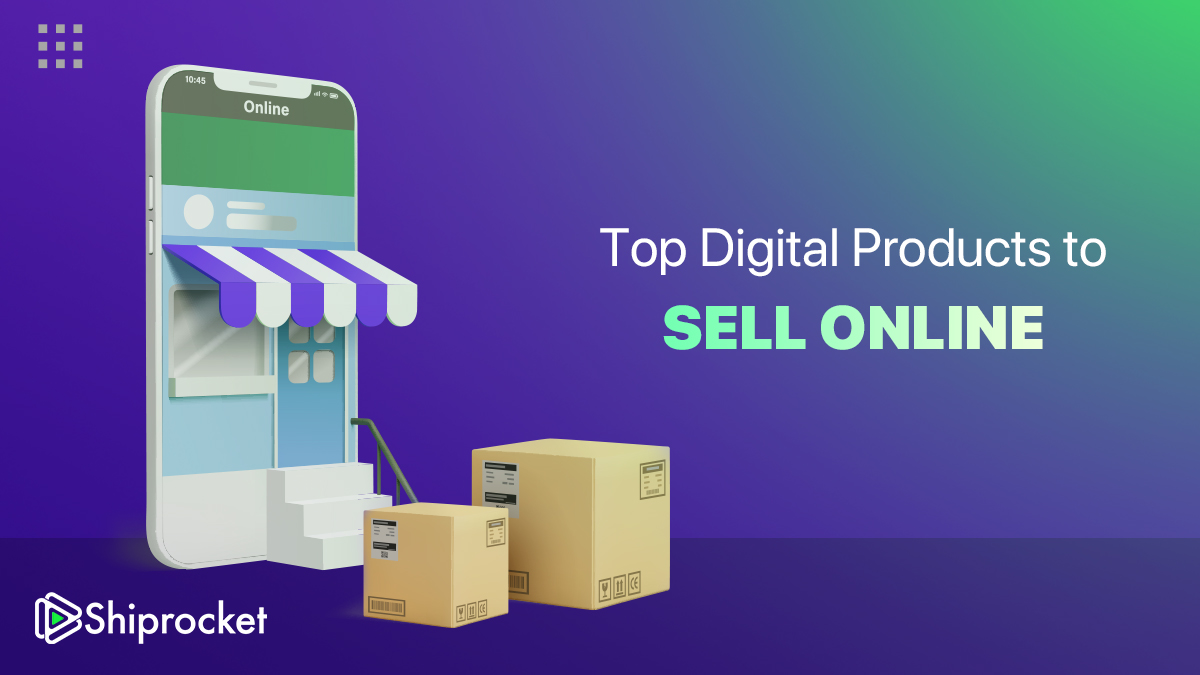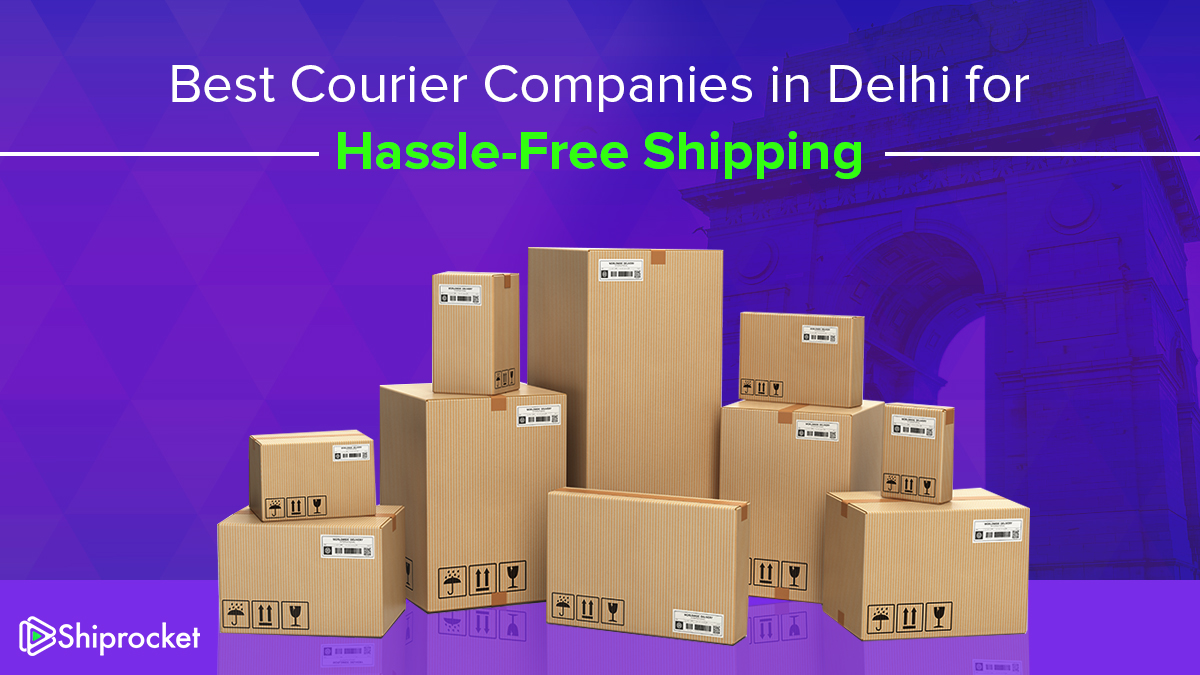Google Merchant Center vs Google Shopping: Key Differences
- Understanding Google Merchant Center
- Exploring Google Shopping
- Key Differences Between Google Merchant Center and Google Shopping
- Value-Adding Insights
- Actionable Takeaways
- FAQs
- What is Google Merchant Center and how does it work?
- How can I set up my products on Google Shopping?
- What are the benefits of using Google Merchant Center for my ecommerce business?
- How do Google Merchant Center and Google Shopping work together?
- Can Shiprocket integrate with Google Merchant Center and Google Shopping?
- What are the best practices for optimizing product listings on Google Merchant Center?
- How can I track the performance of my Google Shopping ads?
- Conclusion
In the competitive world of ecommerce, optimizing your product listings is crucial for success. Understanding the tools at your disposal, such as Google Merchant Center and Google Shopping, can significantly impact your business’s visibility and sales. This blog will delve into the key differences between these two powerful platforms, helping you make informed decisions for your ecommerce strategy.
Both Google Merchant Center and Google Shopping play pivotal roles in the ecommerce ecosystem, yet their functions and benefits differ. By mastering these platforms, you can enhance your product visibility and drive more traffic to your online store, ultimately boosting your sales and revenue.
Understanding Google Merchant Center
Google Merchant Center is a robust platform designed to help businesses manage their product data feeds effectively. It serves as a centralized dashboard where you can upload and maintain your product listings, ensuring they appear accurately across Google services.
Key Features
-
Centralized dashboard for managing product listings.
-
Seamless integration with Google Ads for enhanced advertising.
-
Supports multiple product feed formats like XML, TXT, and Google Sheets.
-
Advanced analytics and reporting tools to monitor performance.
Merchant Center Setup
Setting up Google Merchant Center is straightforward. Follow these steps to get started:
-
Create a Google account if you don’t already have one.
-
Visit the Google Merchant Center website and sign in.
-
Enter your business information and verify your website.
-
Upload your product data feed, ensuring all details are accurate and up-to-date.
-
Configure tax and shipping settings to align with your business policies.
Accurate product data is essential for successful listings. Regularly updating your product feed ensures your listings remain relevant and visible. Additionally, ensure that your product images are high-quality and your descriptions are detailed and keyword-rich to improve your search rankings.
Exploring Google Shopping
Google Shopping is a product advertising platform that displays your products to potential customers through product listing ads. These ads appear on Google search results, Google Shopping tab, and across the Google Display Network.
Key Features
-
Product listing ads that showcase your products to a broad audience.
-
Enhanced visibility for your ecommerce products.
-
Dynamic remarketing to re-engage previous visitors.
-
Customizable ad formats to suit different marketing strategies.
Benefits for Ecommerce Businesses
-
Increased traffic to your online store.
-
Higher conversion rates through targeted ads.
-
Cost-effective advertising with pay-per-click (PPC) model.
-
Improved brand awareness and customer engagement.
By leveraging Google Shopping, ecommerce businesses can attract more customers and drive sales through effective product advertisements. It’s crucial to continuously optimize your campaigns by analyzing performance data and adjusting your strategies accordingly.
Key Differences Between Google Merchant Center and Google Shopping
Purpose and Usage
Google Merchant Center focuses on product data management, while Google Shopping is dedicated to product advertising. Together, they provide a comprehensive solution for managing and promoting your products online.
Integration with Other Tools
Both platforms integrate seamlessly with Google Ads, allowing you to create targeted advertising campaigns. This integration ensures your product listings are accurate and your ads reach the right audience. Additionally, you can use Google Analytics to track the performance of your ads and gain insights into customer behavior.
User Experience
-
Merchant Center: A backend tool for sellers to manage product data.
-
Google Shopping: A frontend tool for buyers to discover and purchase products.
Understanding these differences helps you utilize each platform effectively within your ecommerce strategy. For instance, while Merchant Center ensures your product data is accurate and up-to-date, Google Shopping makes sure your products are seen by the right audience.
Value-Adding Insights
Did you know that optimized product listings can significantly impact your ecommerce success? Here are some expert tips:
-
Ensure your product titles and descriptions are clear and keyword-rich.
-
Use high-quality images to attract potential customers.
-
Regularly update your product feed to keep listings accurate and relevant.
-
Utilize customer reviews and ratings to build trust and credibility.
-
Leverage seasonal trends and promotions to boost visibility and sales.
Actionable Takeaways
Optimize Your Product Listings
-
Ensure accurate and comprehensive product data.
-
Regularly update your product feed.
-
Utilize SEO best practices to improve search rankings.
Leverage Both Platforms
-
Use Google Merchant Center for data management.
-
Utilize Google Shopping for advertising and reaching customers.
-
Integrate with Google Ads for targeted campaigns.
Integrate with Shiprocket
Shiprocket’s shipping solutions can enhance your ecommerce operations by providing efficient order management and shipping. With features like automated shipping, real-time tracking, and multi-courier integration, Shiprocket simplifies your logistics processes, allowing you to focus on growing your business. Additionally, Shiprocket offers discounted shipping rates, which can help reduce operational costs and improve profitability.
FAQs
What is Google Merchant Center and how does it work?
Google Merchant Center is a platform that helps businesses manage their product data feeds, ensuring their products appear accurately across Google services.
How can I set up my products on Google Shopping?
To set up your products on Google Shopping, you need to create a Google Merchant Center account, upload your product data feed, and link it to Google Ads for advertising.
What are the benefits of using Google Merchant Center for my ecommerce business?
Using Google Merchant Center ensures your product listings are accurate, improving visibility and driving traffic to your online store.
How do Google Merchant Center and Google Shopping work together?
Google Merchant Center manages your product data, while Google Shopping uses this data to create and display product listing ads, driving traffic and sales.
Can Shiprocket integrate with Google Merchant Center and Google Shopping?
Yes, Shiprocket can integrate with these platforms, enhancing your ecommerce operations with efficient shipping and order management solutions.
What are the best practices for optimizing product listings on Google Merchant Center?
To optimize product listings, ensure your product titles and descriptions are keyword-rich, use high-quality images, regularly update your product feed, and leverage customer reviews and ratings.
How can I track the performance of my Google Shopping ads?
You can track the performance of your Google Shopping ads using Google Analytics and Google Ads reporting tools. Monitor key metrics such as click-through rates, conversion rates, and return on ad spend to optimize your campaigns.
Conclusion
Understanding the differences between Google Merchant Center and Google Shopping is crucial for optimizing your ecommerce strategy. By leveraging both platforms, you can manage your product data effectively and reach a broader audience through targeted ads. Don’t forget to explore Shiprocket’s shipping solutions to streamline your logistics and enhance your overall operations. Start optimizing your product listings today and watch your ecommerce business thrive!







